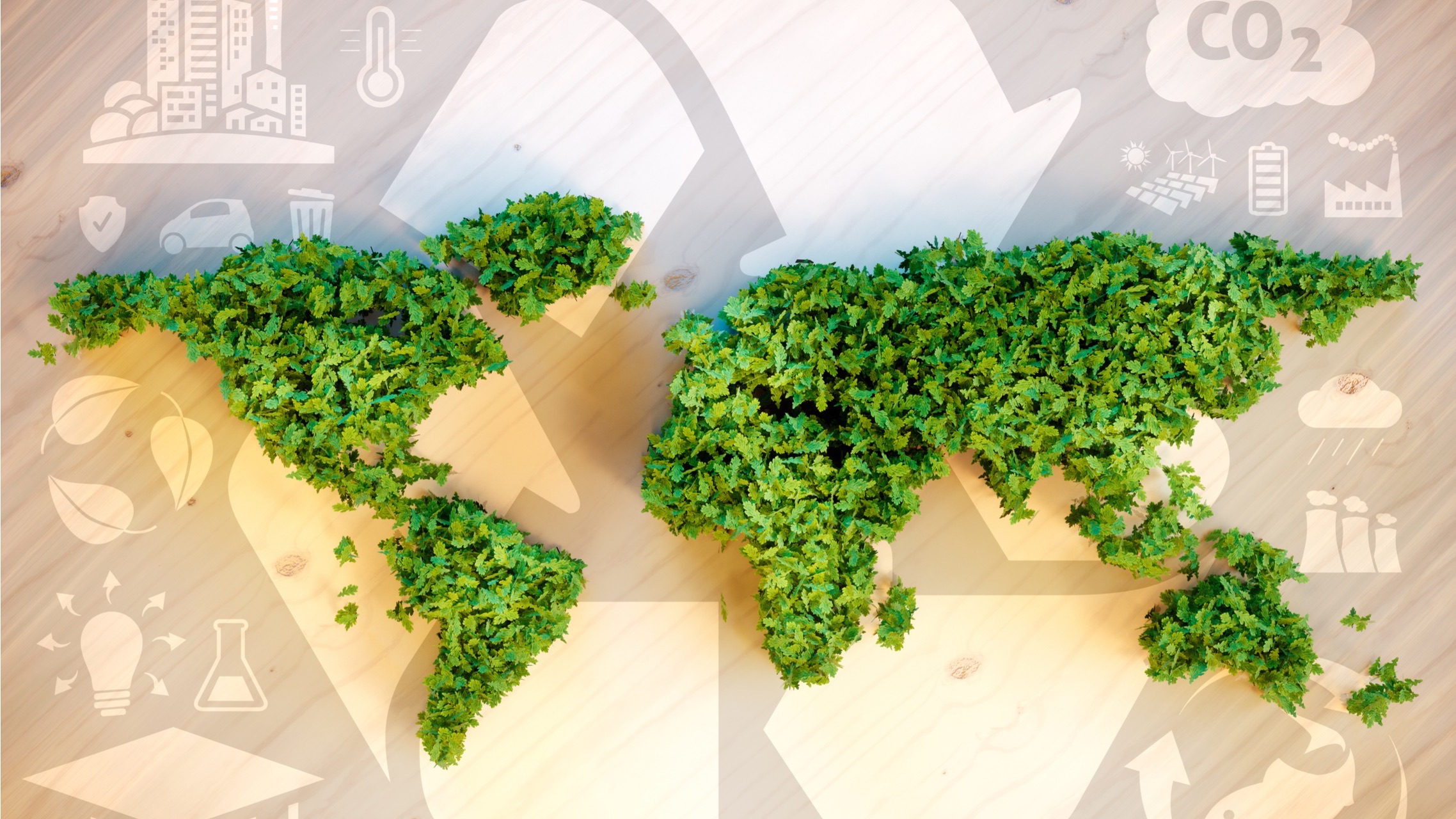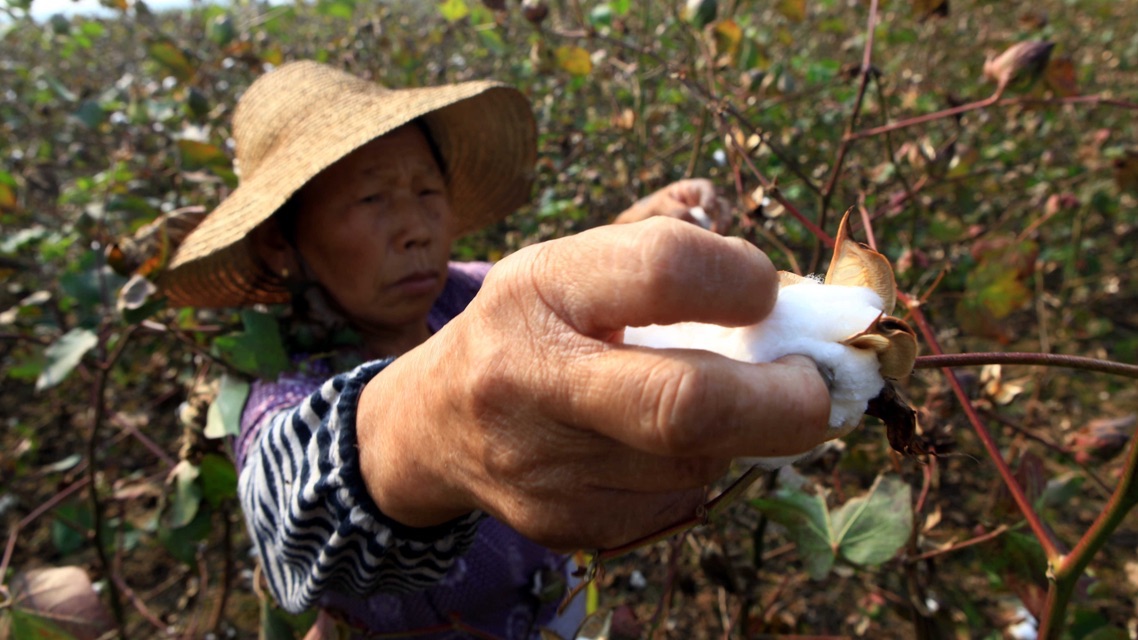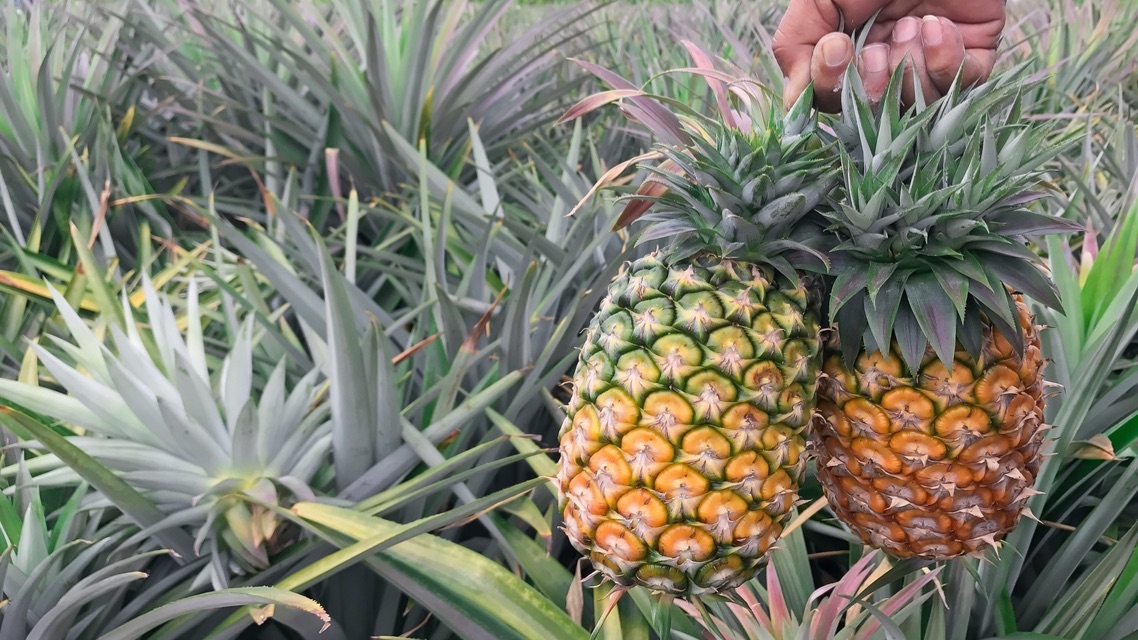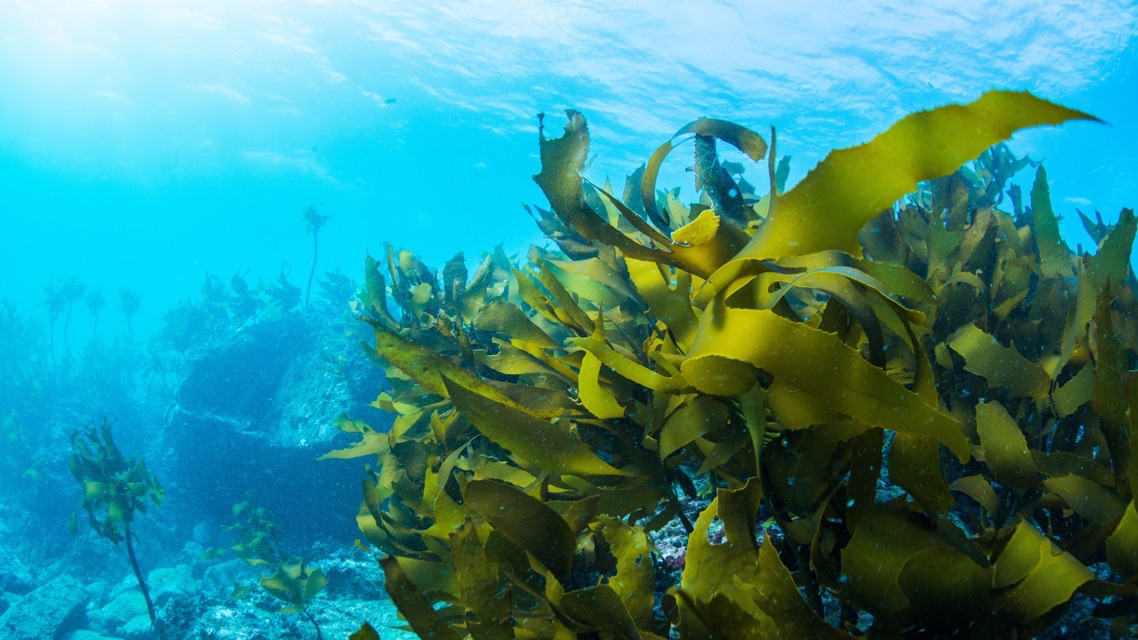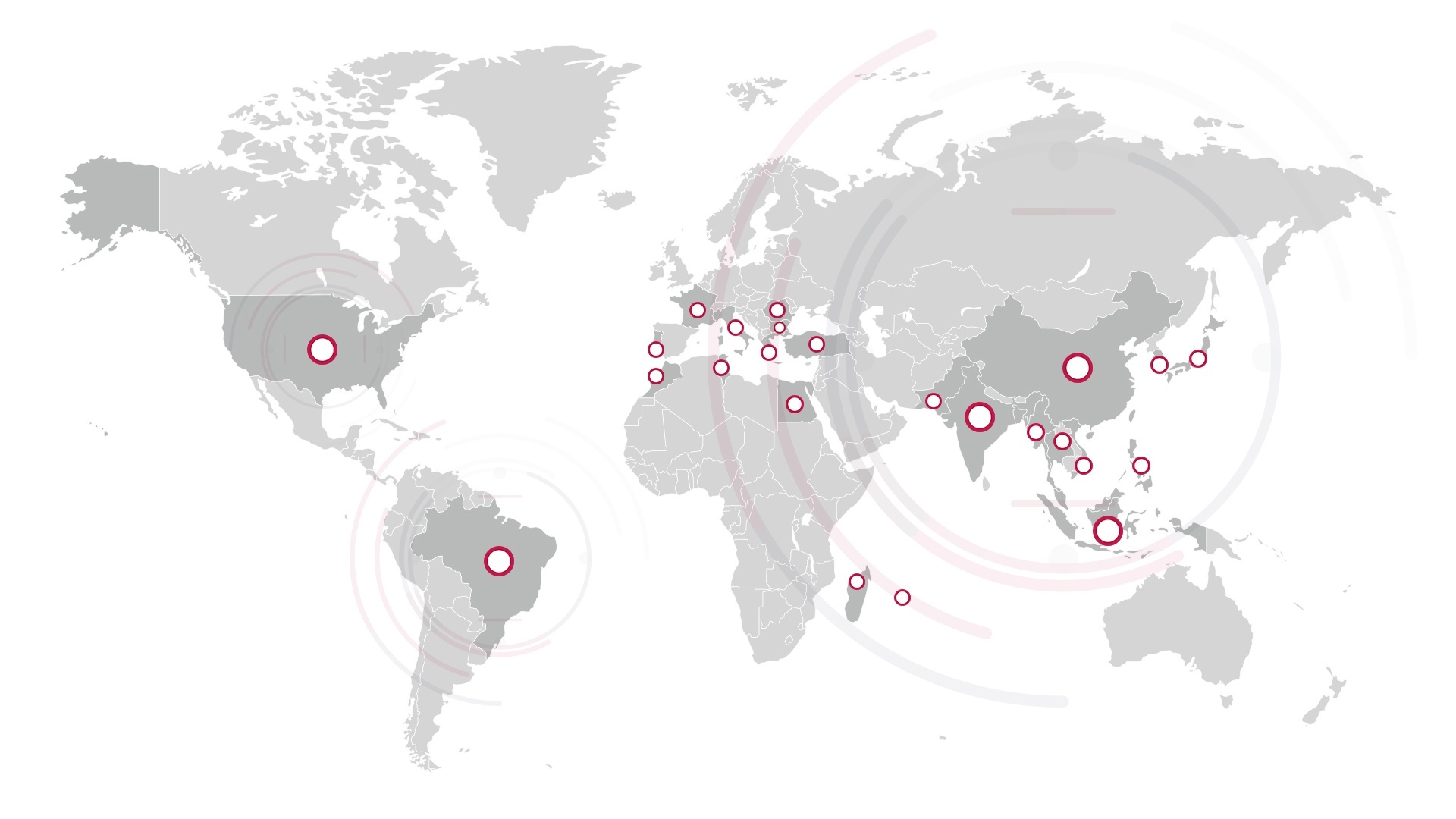Conventional cotton has thousands of uses.
It can be found in clothes, most household items, padding for mattresses and even in plastic!
But, despite its many uses, cotton is the culprit of brutal, destructive effects on our environment.
Join us as we take a look at the consequences of cotton production on our planet and explore 6 fabrics paving the way forward for sustainable fashion.
The Consequences of Cotton Production
According to The Organic Consumers Association, cotton is the most toxic crop in the world and extremely water intensive, requiring about 20 litres of water to produce one kilogram of cotton.
Cotton is also the most chemically dependent crop in the world, relying on bleach, pesticides and toxic chemicals for production.
These toxins lead to pollution of waterways, cause irreversible damage to the ecosystem and have adverse health effects on the cotton farmers.
Additionally, cotton is responsible for many social issues namely exploitation of workers and child labor.
Read also: Textile Industry in India: Who is making your garments?
The World Count states that 29 million tons of cotton is produced a year which is equivalent to 29 t-shirts per person on Earth. However, due to the rise of Fast Fashion, in some Western countries, cotton consumption can equate up to 100 t-shirts per person!
It’s evident that the way we produce and consume fashion has drastically changed over the last 50 years, and as a result, Mother Earth is buckling under the pressure of increased consumer demands and consumption.
Textile production has had to be reassessed and the time for sustainable fashion is now.
Qmilk
There are certain qualities of milk that are deemed unfit during the production of milk for human consumption and are disposed of as required by law.
Qmilk is derived from a protein found in milk called casein, which is usually discarded. This textile fiber is antibacterial, hypoallergenic, biodegradable, and does not require any toxins for production.
Additionally, it uses less energy during production which is beneficial for the environment. Qmilk caters for a niche market, particularly for those with chemical sensitivities.
Pineapple Leaves
Annas Anam is the brand responsible for Piñatex – an innovative, natural, sustainable, and cheaper alternative to leather made from pineapple leaves fibers. A process called decortication, in which pineapple farming communities are enlisted to extract fibers from leaves is used for the production of piña fabric.
The fabric is already found in abundance in traditional Filipino clothing and is ideal for warmer climates due to its lightweight qualities.
There are many possibilities for pineapple fibers to be used as alternative sustainable materials for apparel, home textiles, upholsteries, non-woven and industrial fabrics.
NEWLIFE
Newlife by Sinterama is a celebrity-approved polyester yarn made from 100% post-consumer recycled plastic bottles which are sourced, processed and spun into yarns exclusively manufactured in Italy.
The yarn production process is mechanical, rather than chemical and relies on a unique supply chain which includes a bottle-sourcing company, a materials converter and a textile factory to keep the brand running.
The polyester yarn is used for fashion, sportswear, underwear, technical clothing, outdoor clothing, medical garments, work wear, and accident-prevention textiles.
Seaweed
SmartFiber has gone further to explore the power of Icelandic seaweed to create a fiber called Seacell. Seacell is produced using an innovative and Eco-friendly production method called the Lyocell process in which no chemicals or waste are released.
The high-tech fibers are produced on state-of-the-art fiber production plants in Austria and rely on a team of highly specialized engineers and scientists who supervise the entire production process on site.
Seacell is renowned for its comfort and health benefits which the presence of vitamin E and antioxidants which are good for the skin. The fiber is used in a range of products including sport and fashion clothing, underwear and home textiles.
ECOTEC
Ecotec is a production cycle exclusive to Marchi & Fildi which is the first and so far only manufacturing process that turns 100 percent pre-dyed, pre-consumer cotton scraps from textile industries into yarn.
Ecotec is made in Italy and has many environmental benefits because it uses existing resources. Because Ecotec uses the pre-customer remnants from the textile industry, the production cycle is shorter leading to reduced landfill waste, reduction in consumption of energy by 56.6 percent, water by 77.9 percent and generates 56.4 percent fewer greenhouse gases when compared to conventional yarn.
The yarn is produced with a molecular structure that stays cool in the summer and warm in the winter. The yarn is suitable for the production of woven textiles for clothing, upholstery, jersey knits, flat-knitted products, hosiery, and carpeting.
Kombucha Leather
Kombucha leather is made from a symbiotic colony of bacteria and yeast called kombucha SCOBY that is grown to produce the fermented drink kombucha.
SCOBY has gained the attention of textile makers over the last few years as it has leather-like qualities when dried and can be used to make garments and footwear.
To grow the SCOBY, sugar and a small amount of water is needed but further requires no other natural resources or chemicals to produce. Kombucha is a sustainable alternative to traditional leather.
Read also: More brands are caring about Ethical Fashion, should you?
Do you make use of any sustainable fabrics or materials?
What are your thoughts on the future of sustainable fabric?
Please start the conversation by leaving a comment below.
We’d love to hear from you!

